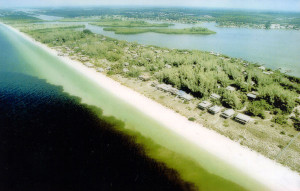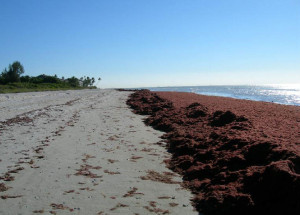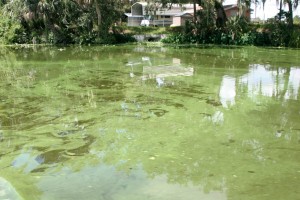HomeAdvisor’s new Apple Watch app will save homeowners who need repairs and improvements a lot of headaches.
HomeAdvisor, a virtual residential repair and renovation services marketplace, has announced the development of an app for Apple Watch that easily connects home owners and home services professionals. The app uses HomeAdvisor’s Instant Connect technology to bring together repair, improvement, and renovation clients with prescreened, local, rated, home professionals. Homeowners can make appointments and receive estimates directly through their watch.
The app allows homeowners to use Apple Watch’s voice dictation function to make the call, which connects them to a vetted home service professional. Users can study the service provider’s ratings, rankings, and reviews while they discuss the project with the provider. The app supports over 500 different kinds of home repair, renovation and improvement projects.
HomeAdvisor CEO Chris Terrill says that “the app builds on the convenience of Apple Watch to instantly connect to the pros in the HomeAdvisor network.” The company’s Instant Connect technology “uses an algorithm based on the user’s request and the professional’s availability as well as historical activity to create the highest possible connection rate.”
Among the many features of HomeAdvisor’s Apple Watch App, three are absolute standouts:
- Ease of Use- the connection rate between users and home services providers averages 82 percent because the app’s easy connection of homeowners to service providers saves time and lessens stress for both parties.
- Fast Connection-the app takes less than a minute to connect homeowners with home professionals. In this simple two-step process, homeowners describe the type of help they need and the Instant Connect technology connects them with the best provider for the job.
- Best Fit-The homeowner’s profile and project parameters are the basis upon which the app’s recommendations are made. This is a vast improvement over Apple Watch’s current Yelp directory default, which does not account for the professional’s availability or the project’s specific needs.
The HomeAdvior app for Apple Watch is the latest in HomeAdvisor’s suite of free tools and resources. Homeowners dealing with an emergency can use Instant Booking to schedule an appointment online before they review pricing information. Homeowners needing repair, maintenance, and improvement work rely on HomeAdvisor’s ProFinder technology to link into a network of screened professionals. The True Cost Guide uses the average price of home projects and actual homeowner data to generate comprehensive estimates.
HomeAdvisor expects to begin selling the app through the Apple store in the late fall of this year.





